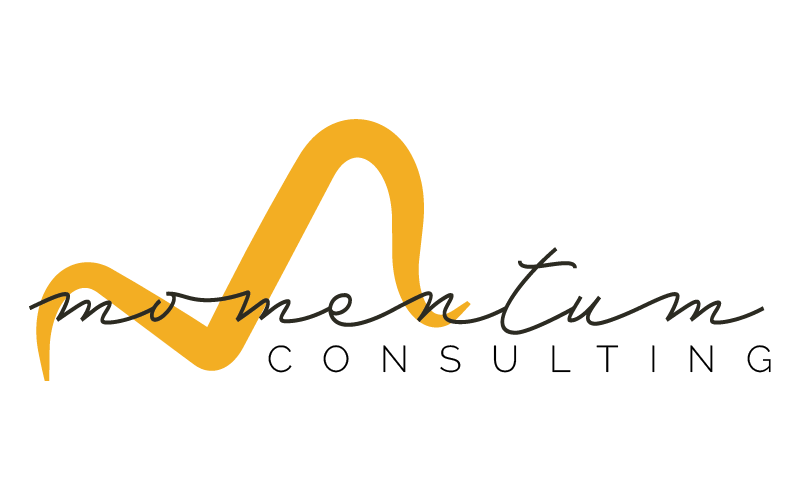Written By Danielle Fauteaux
I had an interesting conversation recently and it made me realize something so obvious, I’d never given it much thought before. The short version is that the agency that was the matter of the conversation felt entirely misunderstood by onlookers and prospects. “Nobody understands what we do,” was the phrase that sparked intrigue. The list of reasons (read: excuses) as to why this agency was misunderstood were all entirely reasonable:
- What this agency is selling is in the early adopter stage for their niche industry, so there’s tons of proof for this solution in other industries like Tech and Healthcare, just not their niche industry.
- Prospects have a bad taste in their mouth from past bad experiences with agencies promising to help and then underdelivering.
- The lingo for their solutions are foreign to their target audience.
I felt entirely unsettled from these excuses; again, they are entirely reasonable, and yet….
If you feel misunderstood as an agency, it’s your fault.
Owning Our Excuses
Why is it our fault if we are misunderstood by onlookers and prospects? Because it’s not about what you do. It’s about what your clients get.
This is not an unknown concept for marketers. We preach it often, yet we regularly fail to apply that principle to our own agency services.
Let me be clear, though. Promoting that your clients get, for a example, a fast website and awesome search engine rankings is not the message clients resonate with either. Those outcomes are just a vehicle. They are trying to get to a destination. You have know what destination you are working to get them to.
Think of Uber and Lyft. They have requirements for the kinds of cars their drivers can own and use on the job. Basically, if you’re going to be giving people a ride somewhere, they should be comfortable along the way and your car shouldn’t break down trying to get there. There should be no risk that they are stranded or worse of than when they started. Likewise, a fast, functional website is a standard, not a selling point.
Looking Beyond What You Want to See
If you feel misunderstood as an agency, perhaps it’s because you first misunderstood your target audience. Do you understand where your clients are looking to go?
Once you can clearly understand what their true destination is and what obstacles are in their way, you can craft a solution for the buyer instead of building a solution you think they should implement because you think “it’s better” and “it works.”
You have to prove that it has worked and will work. This is you painting the picture of their destination, not the vehicle. Imagine what you would do if when your Uber driver pulled up they got out of the car and gave your a 50 point inspection of their vehicle before letting you get in. It would be clear to you that the Uber driver didn’t understand your lack of concern for their vehicle’s specification, but rather that you just want to get to your final destination on time without issue.
So WHY do we do that to our clients when we are selling them a service or sending a monthly report? Well, it’s what the majority of other marketing agencies do and so we are simply repeating their failed ways.
The quality of work you do is a minimum viable standard to serve as an agent to your clients. It’s not your unique value proposition. The unique value proposition is to get the rider to their destination quickly with little hassle.

The Vehicle is What You Do
- Scope of Work for Demand Generation
- Scope of Work for Sales Enablement
- Scope of Work for Website Development
- Scope of Work for Content Marketing
- Scope of Work for Influencer Marketing
- Scope of Work for Digital Technology Implementation
- Scope of Work for Market Research
- Scope of Work for Channel Marketing
- Scope of Work for Video / Podcast Editing
- Scope of Work for Anything that You Do
The Destination is What They Are Looking to Purchase
- More qualified leads for the sales team work work. Ultimately, more money.
- Higher sales close rates and higher average sale value. Ultimately more money.
- To accomplish a branding objective for existing or new offerings. To be better understood by their customers and prospects.
- To increase demand and visibility. So that they can keep their sales pipeline full. Ultimately to close more deals.
- To leverage an audience that is already built. Ultimately, to increase demand, and increase revenues.
- To minimize growing pains. To save time. To modernize the company. Ultimately, to better operate and make more money.
- To get answers to questions. To know what to do next. Assurance. Ultimately to better understand and make more money.
- To scale, to sell more, to minimize overhead liabilities, to increase market share. Ultimately to make more money.
- To be visible. To keep up with the times. To become low key famous. To share their knowledge/passion with others. Ultimately, to make a good name for themselves and earn a living.
Consider also the individual destinations your point of contact is seeking. Higher income, status, accomplishment, recognition, better work life balance, retirement, etc etc.
We understand that ultimately our business clients are seeking one of those destinations (which usually becomes a moving target year over year). What we are misunderstanding are the pitstops along the way that they are looking for as a measure of success. Your objective when marketing your own agency is to make clear how you will successfully get your client to their desired end state quickly with little hassle. Then your reporting to them should be in relation to their proximity to the pitstops and their proximity to their destination.
Next Steps
Mark Twain famously said, “If you find yourself on the side of the majority, it’s time to re-evaluate your position.” It’s time for 80% of marketing agencies to rethink their understanding of their clients, their offerings, their differentiation, and their business models.
So, where do you start?
- Identify the problems your target audience has that has nothing to do with the services you want to sell them.
- Define your target audience’s destination and pit stops.
- Define your success rates for clients. What are the pit stops (KPIs) that they are looking to achieve. On average, how does your agency do to deliver on each? BE SPECIFIC.
- Example: An average, clients see a 200% increase in website conversions in the first 3 months after a website redesign project.
- Example: After 18 months of consistent digital marketing, clients see an average of $300,000 in increased revenue.
- Talk about where prospects want to go, not what you do. In your marketing. In your sales messages. In your ongoing meetings with clients.
- Develop a feedback loop from delivery to marketing a sales to report on outcomes for clients.
- Develop solutions that solve for new problems that crop up for your clients on their journey to their destination.
If you’re tired of feeling like onlookers and clients misunderstand you, first take a good hard look in the mirror before becoming despondent to what feels unchangeable, but it fully within your power to change. Do you see the needs of your target audience in the reflection or do you see only what you want to do for clients?
If you’ve tried all of this and still feel misunderstood, reach out. We can brainstorm together.
Building a successful marketing agency takes grit, a focus on your value, and sometimes a *loving* kick in the pants.
Needing an ally as you achieve your long-term goals?
I’d be happy to help.

